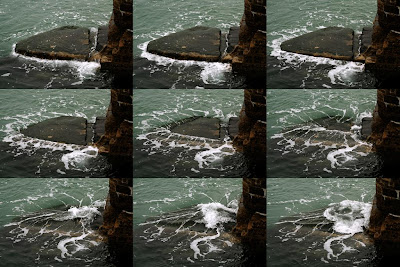Many readers find framing a challenge and wonder how to best frame a painting. Here are a few points to keep in mind while choosing the frame. It is important to choose a good quality frame which will not only enhance the look of the painting, but will also provide adequate support to it. These days most paintings come with a frame – when you buy one from an artist or a gallery, but these are generally a simple and a basic wooden frame. Very often, people prefer to change the frame according to their interiors. In fact, in some instances it is better to not frame the painting at all, such as when the canvas is mounted on a 2” or more of stretcher frame, or when the painting continues on the sides of the canvas. Adding a frame to the latter will spoil the beauty of the painted sides.
In case of line drawings or black and white works one can go for a simple black frame which will give it a sleek and elegant finish. A plain or a slightly textured wooden frame will suit drawings and sketches the best. The width of the frame can be chosen according to the size of the artwork.
Art on paper is usually displayed behind glass, and if necessary one can double mount them to make them appear larger. And, now that there is an additional distance between the painting and the frame, a slightly ornate option can also be used. However, do ensure that it does not clash with the colours of the painting, nor overwhelms it. The colour of the mount can be derived from the colours in the painting itself, so that new colors are not introduced in the scheme of things. However, the frame can be natural wood, dark wood or black in colour. It is important to choose a frame that will not dominate the painting, for instance, if you add a heavy embellished frame to a brightly coloured work, it may give it a cluttered look.
Oil paintings, for instance, portraits look elegant with ornate frames, but again care must be taken that the center of attention does not shift from the painting to the frame. It is not advised that oil paintings be mounted with a glass front, but they can be varnished when completely dry.
A frame that is darker in colour than the wall shade helps to delineate the space and creates a greater impact. Wide frames, for instance 4” to 6” in width, can be used to make smaller artworks prominent. These will also make them larger and more suited for bigger wall space.
Finally, always go to a good framer, who has experience in dealing with expensive artworks – the gallery or the artist can point you to one. The quality of the hardware used in framing is equally important, and can, in fact, affect the life span of the painting.
(Updated: Published earlier in Bangalore Mirror)


















